Where the 2013 Mac Pro went right — and wrong
Apple dropped the 2013 Mac Pro from its website in June 2019, but it was still in some stores in July.
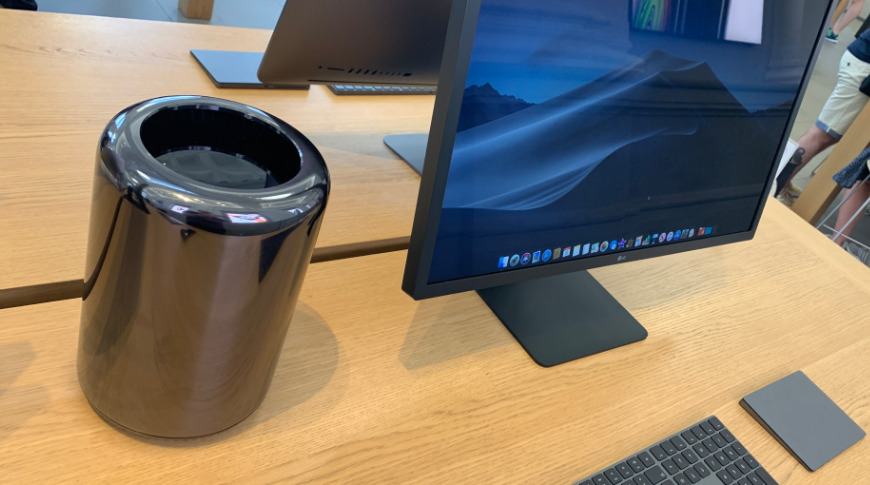
Unlike the original Mac Pro introduced on August 7, 2006, the 2013 version is already fading into memory and may be remembered for its flaws instead of its benefits.
The first-ever Mac Pro would go on to define the best that Apple was capable of, and it was the range that would become a kind of canary for the company's attitudes. Whenever the consensus was that Apple was ignoring its pro users in favor of consumers, it was always because the Mac Pro was lagging behind. We've now seen how opinions of the firm changed as soon as the 2019 Mac Pro was shown, but we've been here before.
We were thrilled at the 2006 Mac Pro, and many of us still are. We were somewhat less thrilled about the 2013 Mac Pro, but were still pretty excited — and that excitement didn't last.
Perhaps we should call it the 2013-2017 Mac Pro. It was in 2017 that Apple essentially told us not to buy this machine anymore, that it had something much better coming. And then while the new 2019 Mac Pro is not out yet, still Apple took the old model off its website in June this year.
You could still get it in certain Apple Stores, and at time of writing it remains on sale at Amazon. Yet the 2013 Mac Pro has been a dead man walking, or if you've been around computing long enough, it faced the Osbourne effect for two of its six years.
It's a sad ending for what was actually a strong computer. The 2013 Mac Pro was top of Apple's range, it was the most powerful Mac, it was in so many ways exactly the machine that had been clamored for.
Some Macs become beloved once Apple stops making them — take the MacBook for instance. Some of them are immediate favorites, like the SE/30, the IIfx or the iMac. And some of them are barely noticed even as you use them.
Compared to all of this, the 2013 Mac Pro is unlikely to become a beloved memory or even a hot seller on eBay, but it did at least get one moment of triumphant glory.
Flashback to 2013
We still believe that Apple refuses to talk about its future products, yet the 2019 Mac Pro was revealed in a sneak peek and so was the iMac Pro. What we forget is that the 2013 Mac Pro, too, and for much the same reasons.
We also forget that Tim Cook told us in advance that a new Mac Pro was coming for 2013.
"Let me do something different," said Phil Schiller at WWDC 2013.
"We don't usually do this but you're a really important audience so we'd like to give you a sneak peek of something we're working on," he said. "Would you like that? Only because you're 6,000 of my most important friends."
He did it because Apple was in an eerily similar position to where it would be ahead of its 2017 news about Mac Pro.
In 2013, the company, correctly or not, was seen as ignoring its professional users in favor of consumers, and perhaps of ignoring the Mac in favor of the iPhone. It was also being accused of stagnating, of no longer being the company of Steve Jobs, the company that made amazing new devices.
Innovation was dead at Apple, said the more hyped-up of the company's critics. And you know where we're going now.
"Can't innovate any more, my ass," said Schiller in that presentation.
Today that gets remembered alongside his 2016 claim that Apple had 'courage' when it removed the headphone jack from iPhones. Yet at the time, he was applauded — and he wasn't wrong.
He wasn't really wrong in 2016, either. But, as that 2013 WWDC audience cheered him, it looked like Apple was back at the top of its game.
If you watched the presentation then, you went through the same sequence of reactions as that audience did. Starting with how you peered at the screen, trying to figure out what this new machine looked like through all of Apple's marketing photography.
At the end of the unveiling video, you then may charitably have thought that it was the shape of a battery, maybe the shape of a Coke can, but you couldn't quite grasp what size it was.
Schiller kept us waiting for that for over three minutes. We heard about the power of this new Mac Pro, we got details of how it was thermally cooled, and Schiller explicitly spoke about its expandability.
Then, quite casually, he brought up a slide showing it next to the previous generation Mac Pro.
Or rather, the new Mac Pro was so small that he showed it next to just the bottom half of the previous generation and the crowd whooped. It looked like a trashcan had been placed next to an old Mac Pro, and we all whooped.
"It is a Mac unlike any we've ever made," he said. "It delivers so much more performance capabilities and expansion than anything we've made. The team has packed all this capability inside 1/8th of the volume of the previous generation."
It's a little unfair that everyone remembers Schiller's line about innovation and, solely in retrospect, believes him to have been wrong. It would be fairer if we all remembered that line about delivering so much more expansion, because that's where this went actually wrong.
Just not at first
Initially, the 2013 Mac Pro got rave reviews — including from us.
"Put toe-to-toe with any Mac past or present, the new Mac Pro will always come away the winner," said AppleInsider. "It is, quite simply, the best Mac ever made."
And it was at the time. We did point out that the software you use needed to be configured correctly to exploit the power, though.
"Final Cut Pro X is currently the best example of tailor-made Mac Pro software done right," we said. "The app's multi-threaded processes address all of the Pro's CPU and GPU assets, freeing the machine to flex its muscle."
In comparison, regular apps like Safari or iMovie showed little improvement. Still, this was not built for consumers browsing the web, it was made for people whose work needed everything Apple could give them.
One snag
Phil Schiller carefully phrased one part of his presentation where he wanted you to come away thinking that the 2013 Mac Pro was at least as good as the previous one in a particular area.
He spoke about how everyone loved the handles on the older machine, which meant "you could move it around to get access to the I/O."
"Well, now the entire top of the new generation Mac Pro is a handle," he said. "Just put your hand in it, you can spin it around, get access to the I/O."
It was all true, but it papered over a crack that would become significant. Where the new Mac Pro had all these expansion ports on the back, the old one had the capability of being expanded internally. Rather than plugging drives or graphics cards, into the back, you could fit them inside the old one, and you couldn't with the new.
What's more, the idea of being able to "spin it around" was stretching a point too. You absolutely could do that, until you'd stuffed some ports with cables. Then if you tried to spin it around, you'd bring half a rack of equipment with you.
You can argue that with the connectivity speeds that the 2013 Mac Pro offered, there wasn't a giant difference between internal and external expansion. Certainly Apple didn't think there was. Yet this business of how the 2013 model became substantially less easy to expand, to turn it around to plug something in, was a design flaw.
As it turned out, it wasn't the only one.
Back to the past
By 2017, we were back where we started. Apple had updated the 2013 Mac Pro but not really so that you'd notice.
It was fundamentally the same machine Schiller had unveiled, and by this point people were saying Apple couldn't innovate, that Apple was ignoring the professional market.
Then as it had with the 2013 Mac Pro, Apple gave us a sneak peek. It wasn't quite the same, we wouldn't actually see the new machine until WWDC 2019, but in 2017, Apple openly talked about what it was planning.
And it also talked about why. Phil Schiller said that Apple was "completely rethinking the Mac Pro."
"We're committed to making it our highest-end, high-throughput desktop system," he continued, "designed for our demanding pro customers."
Craig Federighi even said then that the 2013 model had gone wrong. He didn't put it quite that way, but it's what he meant.
"We designed a system with the kind of GPUs that at the time we thought we needed, and that we thought we could well serve with a two-GPU architecture," Federighi said. "That that was the thermal limit we needed, or the thermal capacity we needed. But workloads didn't materialize to fit that as broadly as we hoped."
It's a curious fact that people obsess over every detail of what Apple says, and yet they can still get it wrong. Practically every news report about Apple saying they were redesigning the Mac Pro said that it was coming out in 2018.
All Apple had said at this 2017 briefing, even when pressed, was that the new Mac Pro "will not ship this year." The collective consensus that this must mean it would come in 2018 was so strong that about a year later, Apple found something else to say about it in order to remind people they hadn't said that.
Enter 2019, exit the 2013 Mac Pro
You know what happened next. We eventually got to see the new 2019 Mac Pro unveiled at WWDC in June.
At time of writing, there's still no specific official launch date for when you'll be able to buy one, although that hasn't stopped many professionals saving up in readiness.
That's not surprising, given how good the new machine looks, but what was perhaps unexpected was just how soon Apple would stop selling the 2013 model. Usually Apple keeps its machines available on the online store until the day they're replaced and retired, but this time it pulled the 2013 Mac Pro months ahead of time.
Which means that it is effectively already an ex-Mac Pro, an ex-top of the line machine. It is effectively a vintage model, and if some of those do remain fan favorites forever, others do not.
The 2013 Mac Pro is unlikely to be missed, in the same way that the end of the line for the 5,1 Mac Pro tower is.
It's just been superseded
If you managed to buy a discontinued MacBook today, you'd be getting an excellent machine and probably at a very good, discounted price. If you bought one of the original cheese grater Mac Pro models from 2006 onwards, well, you'd definitely get a good price. And you might well be able to make something pretty powerful out of it. Whereas, if you buy a 2013 Mac Pro today, all you really get is the gorgeous trashcan design.
You can already see this happening on eBay. The number of 2013 Mac Pro machines sold there will surely increase after the 2019 model is available.
Right now, you could snap up a 2013 Mac Pro for around $1,200, going by recently-completed sales on eBay. It would typically have 256GB SSD storage, and 16GB of RAM.
However, you can buy an i7 Mac mini brand new from Apple that costs around the same, has around the same storage and RAM. And, it is faster in most tasks other than the most GPU-bound ones.
The entry-level Mac is, in a lot of cases, faster than what was the top of the range before.
That changes when you start looking for eight-core Mac Pro models that sell for substantively more used than that Mac mini. Still, for price to performance, you're generally better off buying new than getting an old Mac Pro.
The 2006 through 2012 Mac Pro is practically venerated, and the 2019 one is being lusted after. At the same time, the 2013 is going to fade away. For what was such a good Mac, that is a huge shame.
Keep up with AppleInsider by downloading the AppleInsider app for iOS, and follow us on YouTube, Twitter @appleinsider and Facebook for live, late-breaking coverage. You can also check out our official Instagram account for exclusive photos.
 William Gallagher
William Gallagher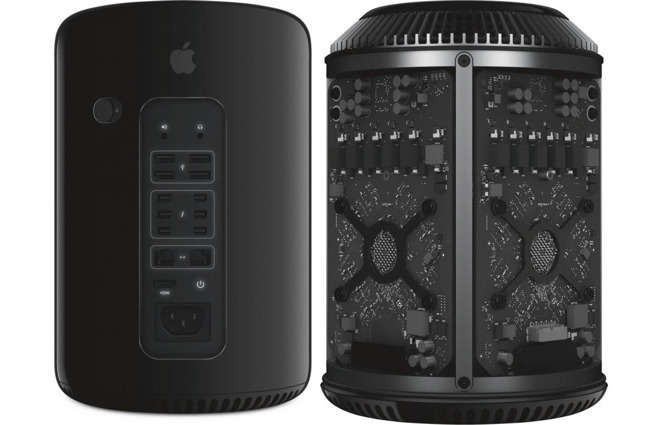
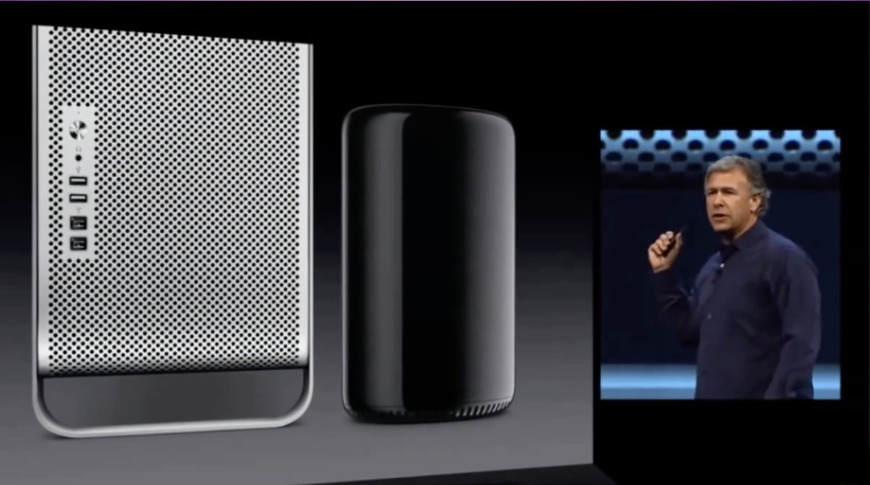
-xl.jpg)
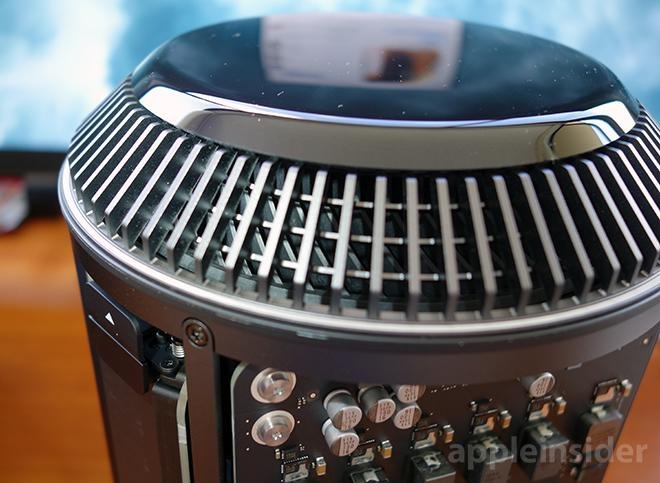
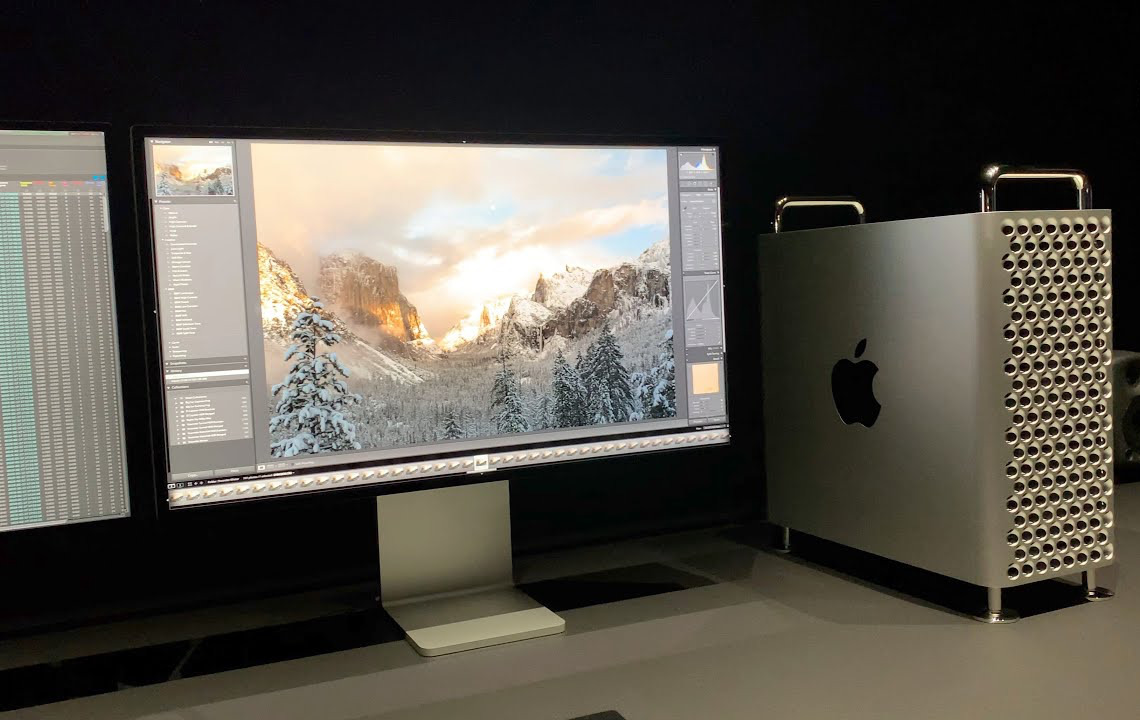











 Malcolm Owen
Malcolm Owen
 William Gallagher and Mike Wuerthele
William Gallagher and Mike Wuerthele
 Christine McKee
Christine McKee


 Marko Zivkovic
Marko Zivkovic









